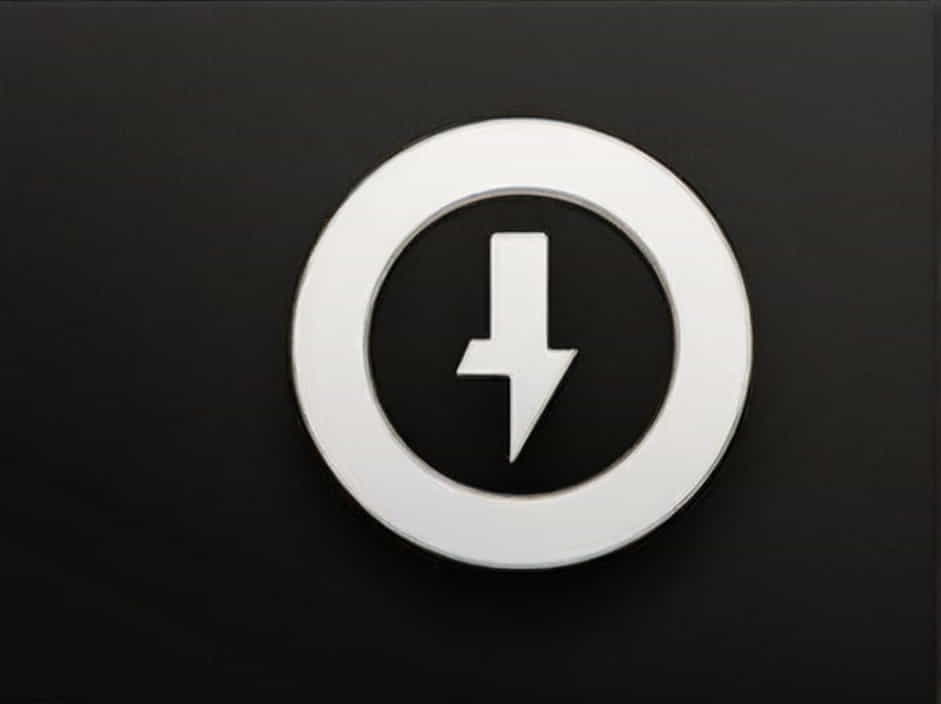Energy measurement is crucial in science, engineering, and daily life. One of the most commonly used units of energy in electricity is the kilowatt-hour (kWh), while the joule (J) is the standard unit of energy in the International System of Units (SI).
But how many joules are in one kilowatt-hour? Understanding this conversion helps in interpreting electricity consumption, calculating energy costs, and grasping fundamental physics concepts.
This topic will explain how one kilowatt-hour is equal to joules, why this conversion matters, and how it applies to real-world scenarios.
What Is a Kilowatt-Hour (kWh)?
A kilowatt-hour (kWh) is a unit of energy commonly used to measure electricity consumption. It represents the amount of energy used when a device with a power rating of one kilowatt (1 kW) operates for one hour.
Since 1 kilowatt (kW) equals 1,000 watts (W), we can rewrite this as:
This means that a kilowatt-hour is a measure of total energy consumption over time.
What Is a Joule (J)?
The joule (J) is the SI unit of energy. It is defined as the energy transferred when one watt of power is applied for one second.
This makes the joule a much smaller unit than a kilowatt-hour. Therefore, converting between these units requires multiplying by a large factor.
One Kilowatt-Hour to Joules: The Conversion
To convert one kilowatt-hour to joules, we use the relationship between watts, seconds, and joules:
This means that one kilowatt-hour is equal to 3.6 million joules.
Why Is This Conversion Important?
1. Understanding Electricity Consumption
When reading electricity bills, energy is measured in kilowatt-hours. However, in physics and engineering, joules are often used. Knowing how these units relate allows for better understanding of power usage.
2. Comparing Energy in Different Forms
- Food energy is measured in calories.
- Mechanical energy is measured in horsepower-hours.
- Heat energy is measured in BTUs (British Thermal Units).
By converting kilowatt-hours to joules, energy from different sources can be compared effectively.
3. Efficient Energy Management
Devices with high wattage ratings consume more energy in a short time. Knowing how 1 kWh equals 3.6 million joules can help users optimize energy consumption and reduce electricity bills.
Practical Examples of One Kilowatt-Hour in Joules
To understand how much energy 3.6 million joules represents, here are some real-world examples:
| Appliance | Power Rating (Watts) | Usage Time (Hours) | Energy (Joules) |
|---|---|---|---|
| LED Light Bulb | 10 W | 100 hours | 3.6 million J |
| Microwave | 1,200 W | 50 minutes | 3.6 million J |
| Refrigerator | 200 W | 5 hours | 3.6 million J |
| Air Conditioner | 1,500 W | 40 minutes | 3.6 million J |
| Laptop Charger | 60 W | 16 hours | 3.6 million J |
Each of these appliances uses one kilowatt-hour of energy, which is equivalent to 3.6 million joules.
Comparing Joules to Other Energy Units
Since energy is measured in different ways, here’s how one kilowatt-hour (3.6 million joules) compares to other common energy units:
1. Calories (cal) and Kilocalories (kcal)
Calories are used to measure food energy. The conversion is:
This means one kilowatt-hour contains about the same energy as a large meal of 860 kcal.
2. British Thermal Units (BTU)
The BTU is used in heating and cooling. The conversion is:
This means that one kilowatt-hour of energy can generate 3,412 BTUs of heat.
3. Horsepower-Hours (hp·h)
Horsepower measures mechanical power. The conversion is:
So one kilowatt-hour is approximately 1.34 horsepower-hours.
Reducing Energy Consumption to Save Joules
Since one kilowatt-hour equals 3.6 million joules, using energy-efficient strategies can significantly reduce electricity costs. Here’s how:
1. Upgrade to Energy-Efficient Appliances
- LED bulbs use up to 80% less energy than traditional bulbs.
- Energy Star-rated refrigerators and air conditioners consume less electricity.
2. Turn Off and Unplug Devices
Even when turned off, some devices still consume energy. Unplugging them prevents phantom energy loss.
3. Optimize Heating and Cooling Systems
- Set air conditioners to an efficient temperature.
- Use ceiling fans instead of ACs when possible.
4. Reduce Water Heating Energy
- Lower the water heater temperature.
- Use cold water for laundry when possible.
5. Use Smart Power Strips
Smart power strips automatically shut off energy flow to idle devices, saving electricity.
Frequently Asked Questions (FAQs)
1. What Is the Difference Between kWh and Joules?
- kWh (kilowatt-hour) is a larger unit used for measuring electricity consumption.
- Joule (J) is the standard SI unit of energy.
2. Why Is 1 kWh Equal to 3.6 Million Joules?
Because:
3. How Many kWh Does an Average Home Use?
The average household uses around 900 kWh per month or 30 kWh per day, which equals 108 million joules per day.
4. How Can I Calculate My Energy Usage in Joules?
Use the formula:
If your device uses 2 kWh, the energy in joules is:
Key Takeaways:
✔ One kilowatt-hour is equal to 3.6 million joules.
✔ This conversion is important for understanding energy consumption.
✔ Knowing this helps in managing electricity bills effectively.
✔ Reducing kWh usage can lead to lower electricity costs and energy savings.
By being aware of how energy is measured, we can make smarter choices and use energy more efficiently.
